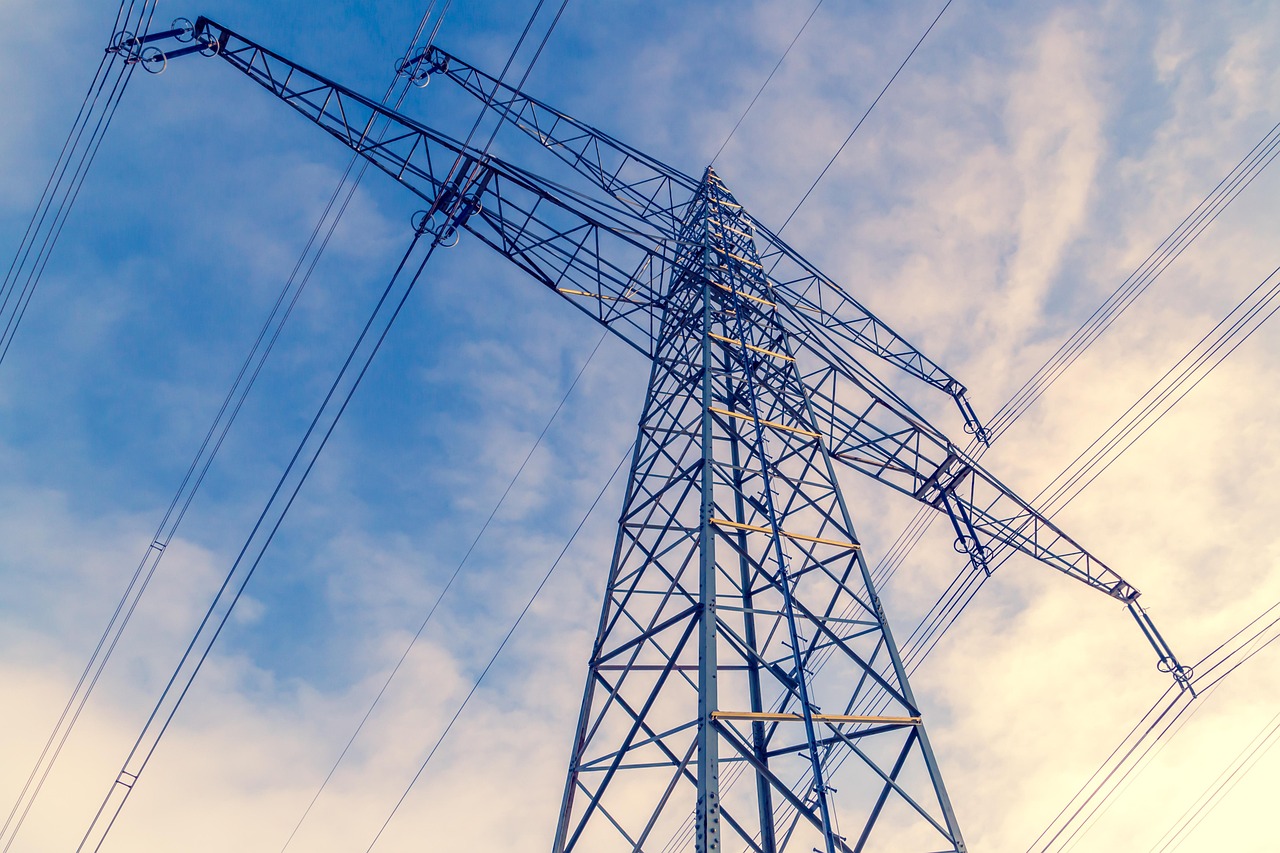What is energy optimization?
Energy optimization refers to all measures that reduce the energy consumption of companies, buildings or technical systems without affecting performance or comfort. The aim of energy optimization is to use energy as efficiently as possible, to minimize losses and at the same time achieve economic and ecological benefits.
In the context of industry, commerce and real estate management, energy optimization is becoming increasingly important, in particular due to rising energy costs, stricter climate goals and regulatory requirements.
What distinguishes energy optimization from energy efficiency?
Although the terms are often used interchangeably, there is a clear difference:
- Energy efficiency describes how much energy is required for a specific output, such as a motor that consumes less power.
- Energy optimization goes beyond that: It includes the systematic control and adjustment of processes in order to minimize the overall use of energy without having to use new technology.
In short, energy efficiency is the “what”, energy optimization is the “how.”
What are the benefits of energy optimization?
Targeted energy optimization offers numerous advantages – both economically and ecologically:
- Cost reduction: By avoiding peak loads, using cheaper electricity times or switching off unnecessary consumers, energy costs can be significantly reduced.
- CO₂ reduction: Lower energy consumption also means lower emissions – a plus for climate protection.
- More security of supply: An optimized energy system reacts flexibly to external fluctuations and reduces the load on the power grid.
- Compliance with legal requirements: Energy efficiency laws and funding programs, such as BAFA module 3, are increasingly relying on verifiable optimization measures.
- Competitive advantage: Companies that operate in a resource-saving manner improve their image and market position.
What role does digitization play in energy optimization?
Die digitization is an important driver for modern energy optimization. With the help of digital platforms, sensors and automated control, energy data can be recorded, analyzed and translated into actions in real time. Benefits of digitizing energy flows include:
- Transparency about energy flows
- Automated consumption control
- Simulation of optimization potential
- Integration of renewable energy and storage systems
Digital systems thus create the basis for managing energy intelligently, flexibly and in a future-proof manner, especially in increasingly dynamic markets.
Why is energy optimization particularly important in industry?
Many industrial companies have high energy requirements and therefore also enormous savings potential. At the same time, they are under growing pressure to reduce their CO₂ emissions and to operate more sustainably. Energy optimization offers an effective lever: Through targeted load management, power surges can be avoided and grid charges can be reduced. When processes are made more efficient, the use of resources is noticeably improved. And intelligent energy management makes it possible to better compensate for the volatile supply of renewable energy. In this way, companies can not only reduce their energy costs and achieve their climate goals, but also position themselves more robustly in the face of market fluctuations.
How do you optimize an energy system?
Optimizing an energy system starts with a precise analysis of consumption behavior. On this basis, measures can be developed and implemented, such as:
- Load management: Control of electricity consumption depending on price and grid signals.
- Process optimization: Improving processes, e.g. through intelligent control of machines or cooling systems.
- Energy monitoring: Continuous recording and evaluation of energy flows, ideally in real time.
- Flexibility usage: Dynamic adjustment of consumption to current power availability.
- Digitization: The use of data-based tools and platforms enables automated, systematic energy optimization.
Which strategy is an example of energy optimization?
A specific example is load management: Energy-intensive processes are targeted at a time of low electricity prices or high renewable feed-in. This reduces energy costs and lowers CO₂ emissions.
Such strategies can now be implemented automatically through intelligent control systems – for example through platforms that link electricity prices, grid utilization and production processes and exploit optimization potential in real time, such as our intelligent energy management.






